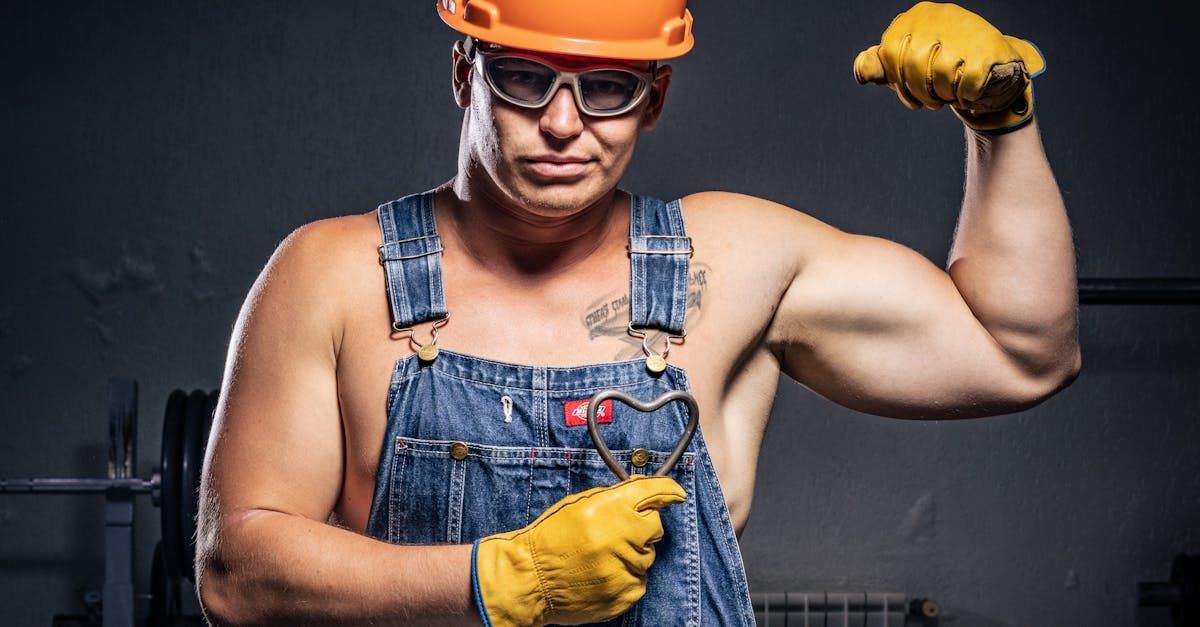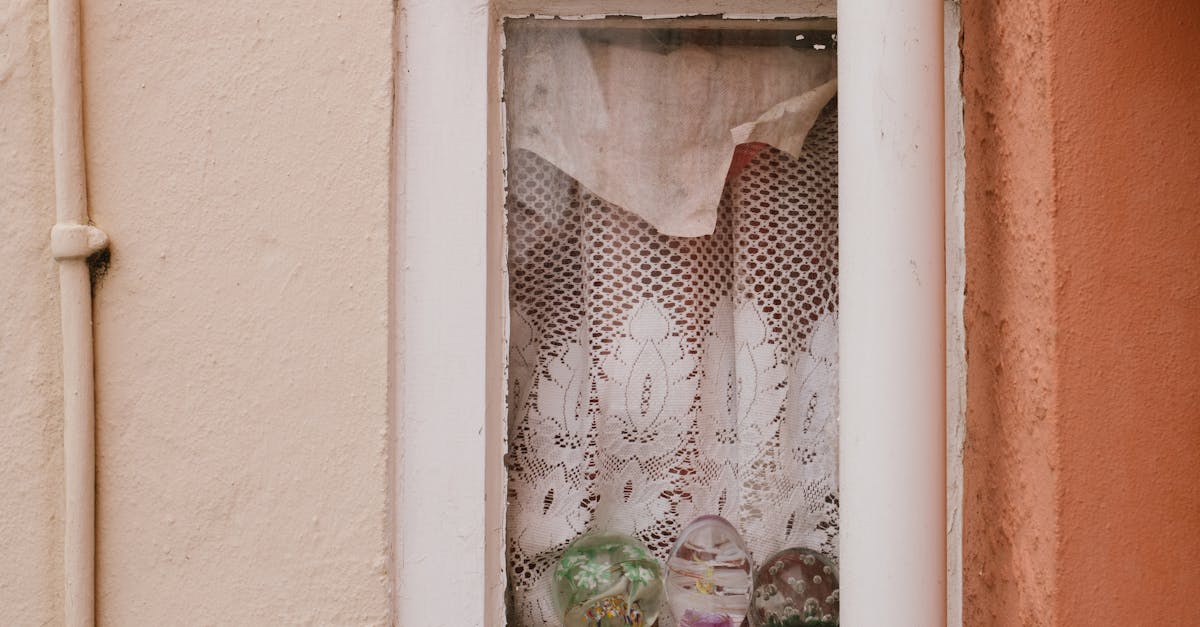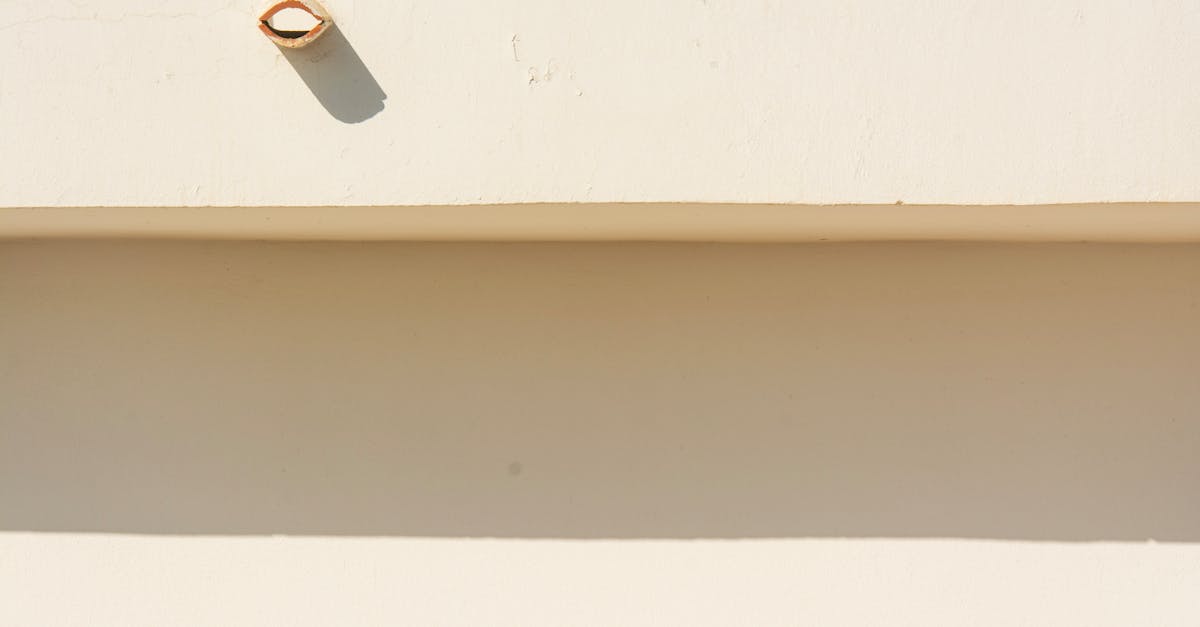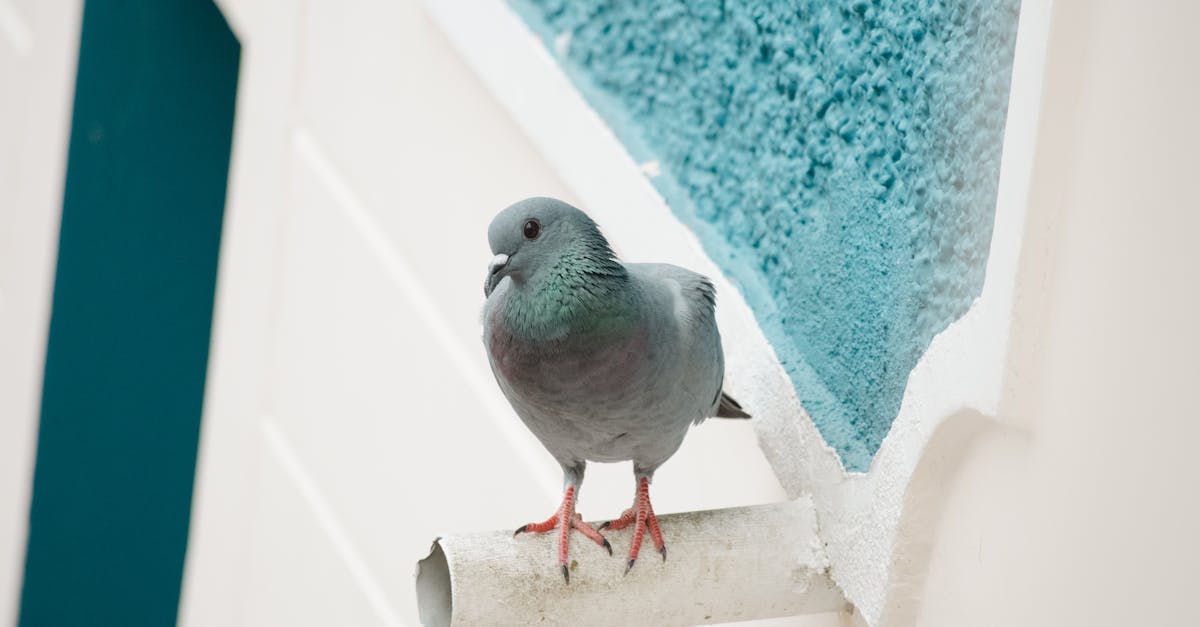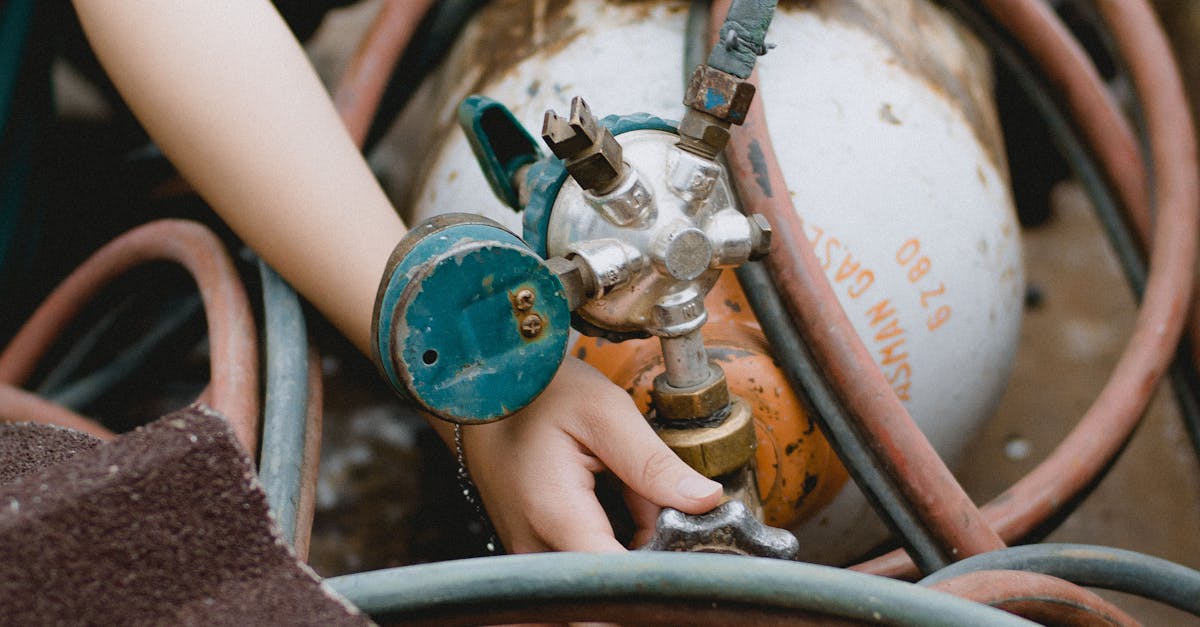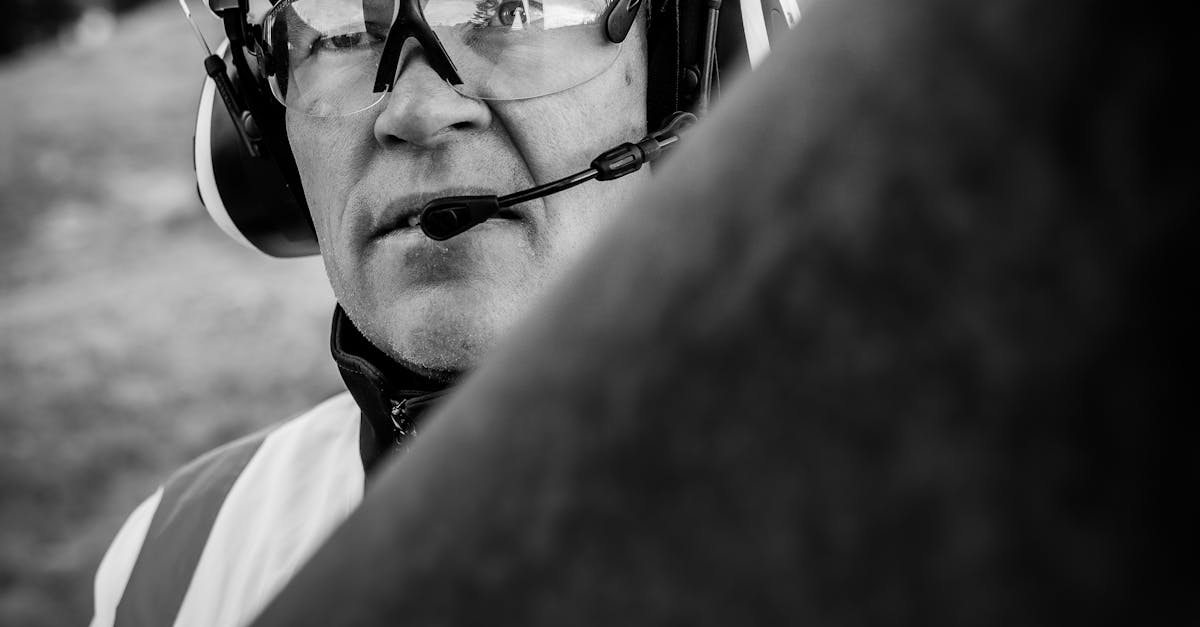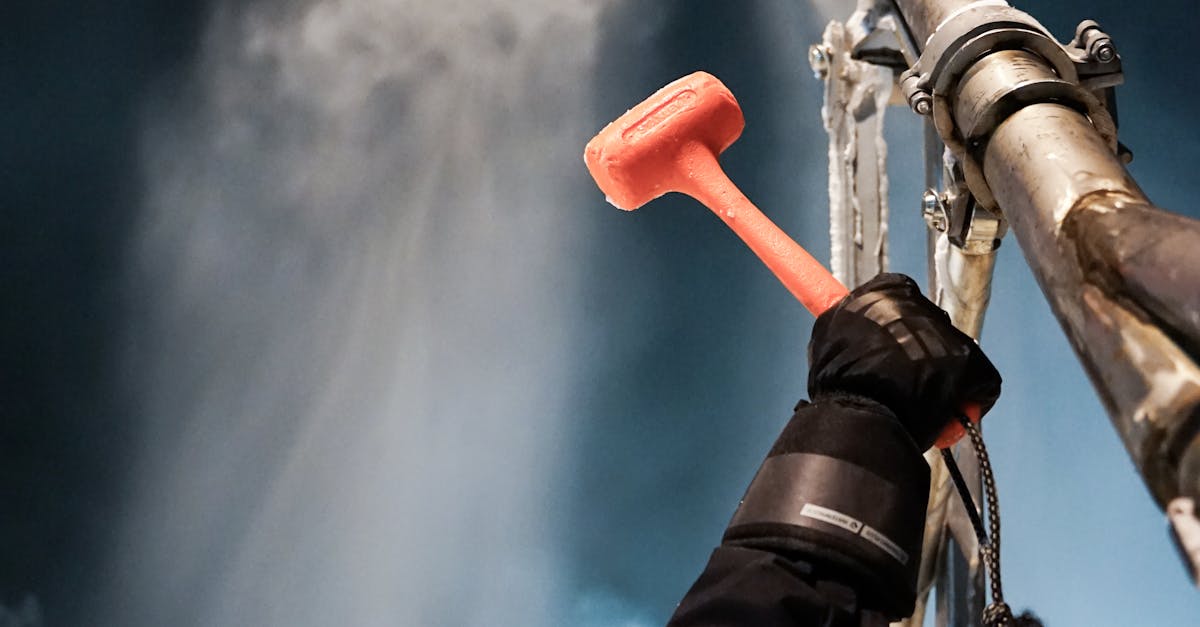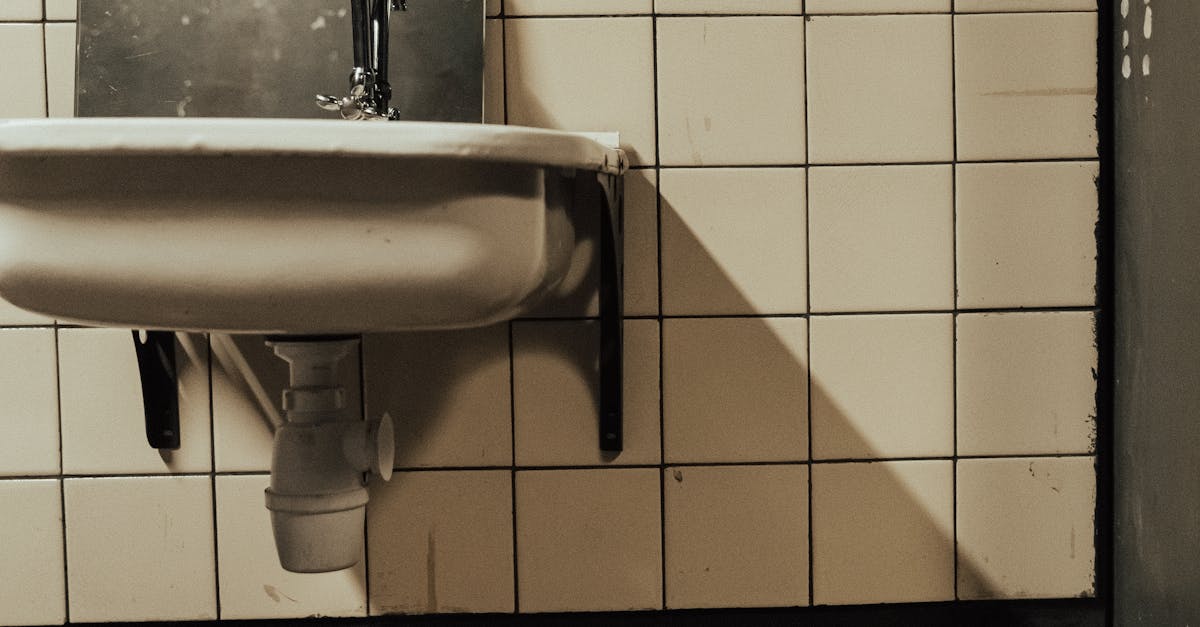
Table Of Contents
Durability and Longevity
Pipe relining offers a robust solution for repairing damaged pipelines. The materials used in the relining process are often designed to withstand significant stress and corrosion, ensuring a high level of durability. Many relined pipes can achieve long service lives, making them an appealing choice for homeowners looking to avoid frequent repairs. The technique effectively creates a new, durable lining within the existing pipe, enhancing its structural integrity.
Relined pipes can last for several decades, with many companies offering warranties that span up to 50 years. This longevity makes pipe relining a wise investment for both residential and commercial properties. The process not only repairs existing damage but also fortifies the pipe against future issues such as tree root intrusion and sediment buildup. As technology advances, the quality of materials used in pipe relining continues to improve, further extending the lifespan of these repaired pipelines.
How Long Can Relined Pipes Last?
The longevity of relined pipes can vary based on several factors, including the materials used and the conditions of the existing pipes. Generally, high-quality pipe relining can last anywhere from 25 to 50 years. This expectation is largely due to the durable materials utilised in the relining process, which are designed to resist corrosion and withstand external pressures.
While pipe relining offers impressive durability, the performance can be influenced by how well the initial pipe system was assessed and prepared. Factors such as ongoing maintenance and environmental conditions play a crucial role in determining how long the relined section will function effectively. Proper installation and high-quality materials can significantly extend the lifespan of relined pipes, making it a valuable option for property owners.
Environmental Impact
Pipe relining offers several environmental benefits that make it an appealing option for managing damaged or aging pipes. The process significantly reduces the need for extensive excavation, which can disrupt local ecosystems and lead to soil erosion. Furthermore, by opting for relining, less waste is generated compared to traditional pipe replacement methods that involve removing old materials and often result in substantial landfill contributions.
Another advantage of pipe relining is its potential to improve existing infrastructure without having to build new connections. This conserves resources and minimises the environmental footprint associated with manufacturing new pipes. Additionally, the materials used in many relining processes are designed to be durable and resistant to deterioration, which can lead to a longer lifecycle for the piping system and a reduced need for future repairs or replacements.
EcoFriendly Aspects of Pipe Relining
Pipe relining offers a significantly more eco-friendly alternative to traditional pipe repair methods. This process reduces the need for extensive excavation, which often leads to disruption of the surrounding environment. By minimising ground disturbance, pipe relining helps protect local flora and fauna, maintaining the integrity of ecosystems. In addition to preserving landscapes, the reduced use of raw materials during relining contributes to lower carbon emissions associated with production and transportation.
Another advantage of pipe relining is its longevity and resilience, which translates into less frequent repairs or replacements. When existing pipes are rehabilitated through this technique, there is a decreased likelihood of leaks and breaks that can lead to environmental contamination. This added durability means that less waste enters landfills and fewer resources are consumed over time. Ultimately, pipe relining aligns well with sustainable practices, promoting a more thoughtful approach to infrastructure management.
Potential Drawbacks
While pipe relining presents numerous benefits, there are potential drawbacks that homeowners should consider. One significant concern is the possibility of existing damage within the pipeline not being adequately addressed during the relining process. If structural issues are overlooked, they can lead to future problems such as leaks or blockages, which may require more extensive repair work later on.
Additionally, the cost of pipe relining can be a deterrent for some property owners, especially when compared to traditional methods of pipe repair or replacement. Although it may be more affordable in the long run due to reduced maintenance needs, the initial expense might not be feasible for everyone. Furthermore, the life expectancy of relined pipes can vary depending on the materials used and the conditions of the original pipes, leading to uncertainty about its longevity and reliability.
Limitations and Risks of Relining
While pipe relining offers many advantages, it does come with its limitations. Not all types of damage can be effectively addressed through relining techniques. If the original pipes are severely collapsed or have extensive structural damage, relining may not be a viable solution. In such cases, traditional excavation methods might be necessary to restore proper function, which can increase both time and costs.
Another risk associated with pipe relining is the potential for improper installation. If the relining process is not conducted by qualified professionals, issues such as misalignment or inadequate curing can lead to further complications. Ensuring the integrity of the relined pipe is critical, as problematic installations can result in leaks or failures that necessitate additional repairs. This uncertainty underscores the importance of selecting experienced contractors for pipe relining projects.
FAQS
What is pipe relining?
Pipe relining is a method of repairing damaged pipes from the inside, using a resin-coated liner that is inserted into the existing pipe. Once in place, the liner is cured to create a new, durable pipe within the old one.
How long can relined pipes last?
Relined pipes can last anywhere from 50 to 100 years, depending on various factors such as the materials used, the condition of the original pipes, and the conditions in which they are installed.
Is pipe relining environmentally friendly?
Yes, pipe relining is considered eco-friendly because it minimizes the need for excavation, reducing noise and disruption to the surrounding environment. It also uses fewer resources compared to traditional pipe replacement methods.
Are there any drawbacks to pipe relining?
Yes, potential drawbacks include the cost of the relining process, the need for professional installation, and limitations regarding the size and condition of the existing pipes. Additionally, severe damage may necessitate traditional repair methods.
How does the cost of pipe relining compare to traditional pipe replacement?
While the initial cost of pipe relining can be similar to or slightly higher than that of traditional replacement, it often proves to be more cost-effective in the long run due to lower labour costs, reduced disruption, and the longevity of the repairs.
